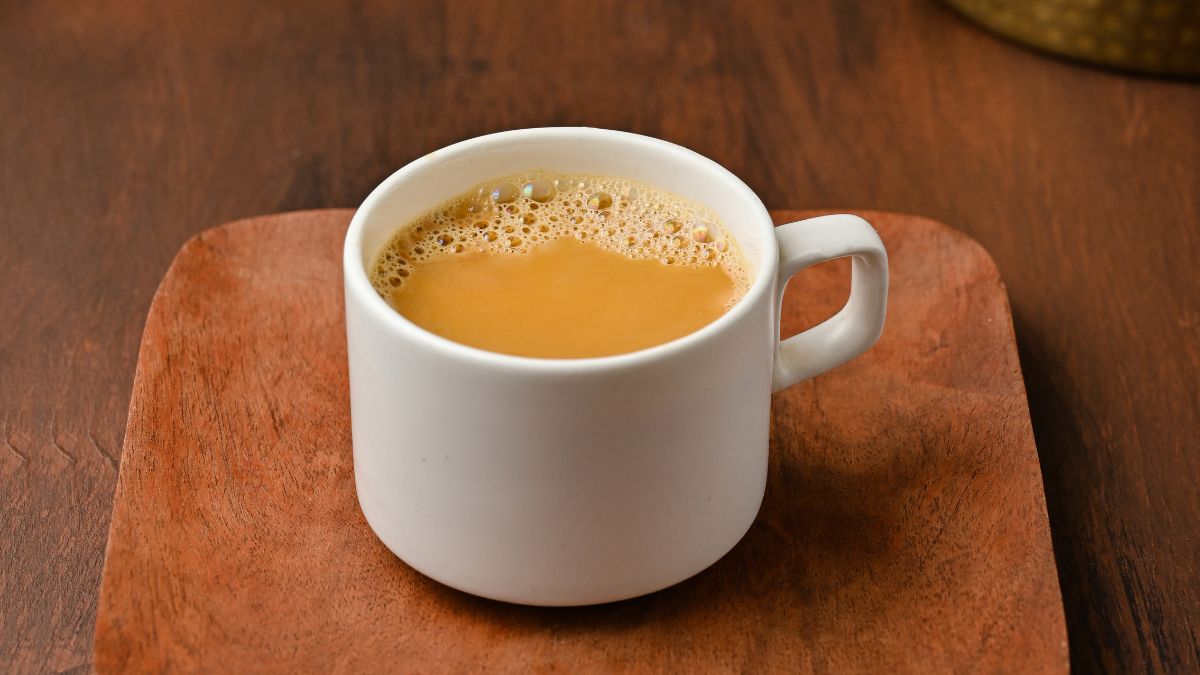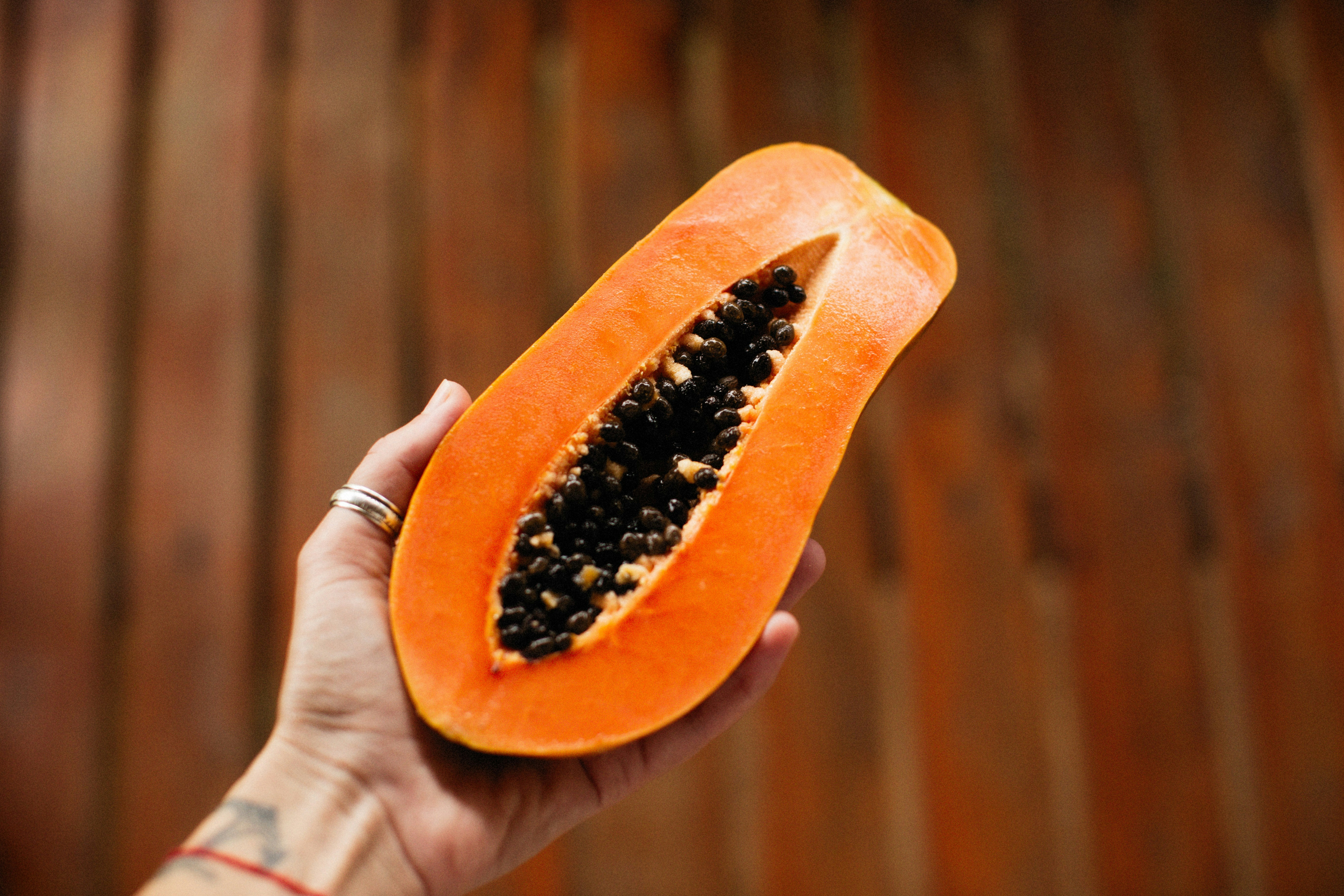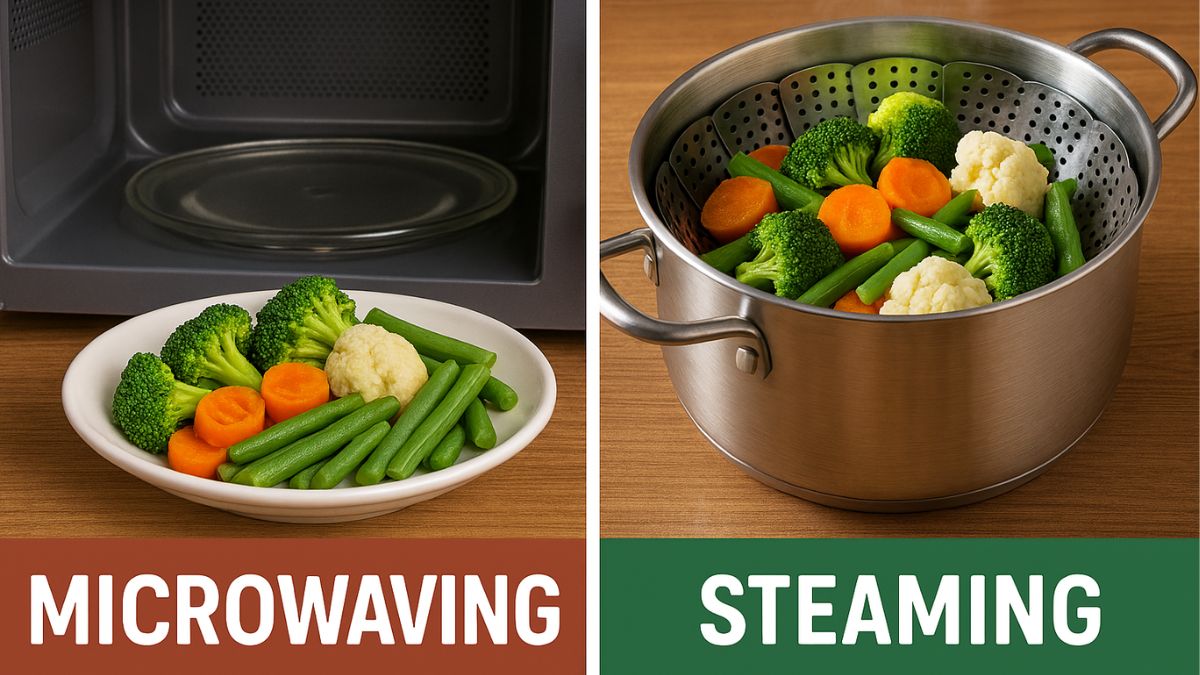There's something magical about a bowl of kheer. It is creamy, fragrant and filled with nostalgia. From festive celebrations to cosy family dinners, this classic Indian dessert has a way of bringing people together. The best part is that you can easily make it at home or even order it through an online food delivery platform. But kheer is more than just comfort food. Beneath its rich taste lies a surprisingly healthy profile, thanks to its simple yet nutrient-packed ingredients like milk, rice and nuts. When made right and eaten in moderation, it can offer several benefits for your body. So, if you've ever felt guilty about indulging in a bowl of kheer, it's time to rethink that. Here's why this traditional Indian sweet deserves a place in your diet, not just your festive platter.
Also Read: 5 Ways To Transform Your Bowl Of Kheer Into A Guilt-Free, Weight Loss Treat
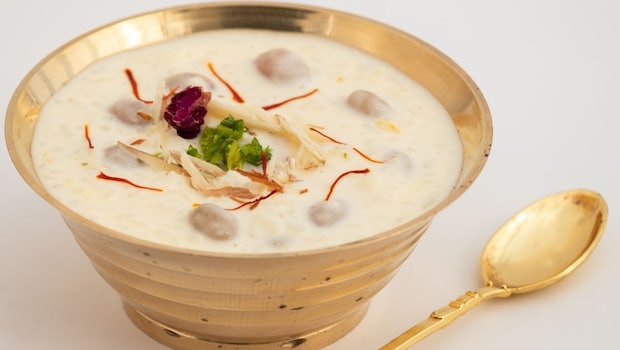
Photo Credit: Canva
Here Are 5 Surprising Health Benefits Of Kheer:
1. Packed With Protein And Calcium
Milk, the main ingredient in kheer, is an excellent source of protein and calcium. These nutrients help strengthen bones, build muscles and support overall growth. They also improve bone density and maintain hormonal balance. A small serving of kheer can provide a nutritious boost to your daily diet.
2. A Good Source Of Instant Energy
Rice provides complex carbohydrates that act as the body's main source of energy. This makes kheer a great pick when you need a quick energy lift. That's why it is often made during fasting or festive occasions. It keeps you feeling full for longer hours, helping you stay active throughout the day.
3. Nuts And Dry Fruits Add Healthy Fats
Almonds, cashews, pistachios and raisins in kheer are rich in healthy fats, antioxidants and vitamins. These support heart health, boost brain function and add a natural sweetness to the dessert. Nuts also improve skin texture and immunity, making your bowl of kheer even more wholesome.
4. Helps With Digestion
When flavoured with cardamom, saffron or nutmeg, kheer becomes soothing for the stomach. These spices help reduce bloating, aid digestion and prevent acidity. The smooth texture and light consistency make it easy to digest, especially when served warm after a meal.
5. Regulates Blood Pressure And Improves Heart Health
If made with low-fat milk and less sugar, kheer may actually benefit your heart. The magnesium and potassium in milk help regulate blood pressure levels. According to the 2024 meta-analysis published in Nutrients, increased intake of these minerals led to modest reductions in both systolic and diastolic blood pressure. Nuts like almonds and pistachios add heart-friendly fats that support better cholesterol balance and improve circulation.
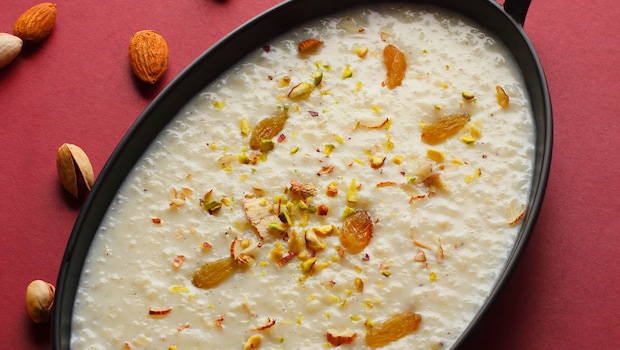
Photo Credit: iStock
Frequently Asked Questions About Kheer
1. Is Kheer Eaten Hot Or Cold?
Kheer can be enjoyed both ways. Some prefer it warm and freshly made, while others like it chilled after refrigeration. Both versions taste equally delicious, depending on your preference.
2. Can Diabetics Eat Kheer?
Yes, but in moderation. Diabetics can opt for jaggery, stevia, or date paste as sweeteners and use brown rice or millet instead of white rice for a healthier twist.
3. How Long Can Homemade Kheer Be Stored?
Kheer can be stored in an airtight container in the refrigerator for up to two days. Always reheat it lightly before serving if you prefer it warm.
4. Which Type Of Milk Is Best For Making Kheer?
Low-fat or toned milk is ideal if you want a lighter version. However, full-cream milk gives it a richer texture and creamier taste.
Also Read:How To Make Perfect Sabudana Kheer: Try These 5 Easy Steps
Kheer is proof that desserts can be both delicious and nourishing. With the right ingredients and portion control, it can easily fit into a balanced diet. Whether you make it at home or order it online, be sure to enjoy it in moderation.
Disclosure: This article may contain links to third-party websites or resources. However, this does not affect the integrity of the content, and all recommendations and views are based on our independent research and judgment.





